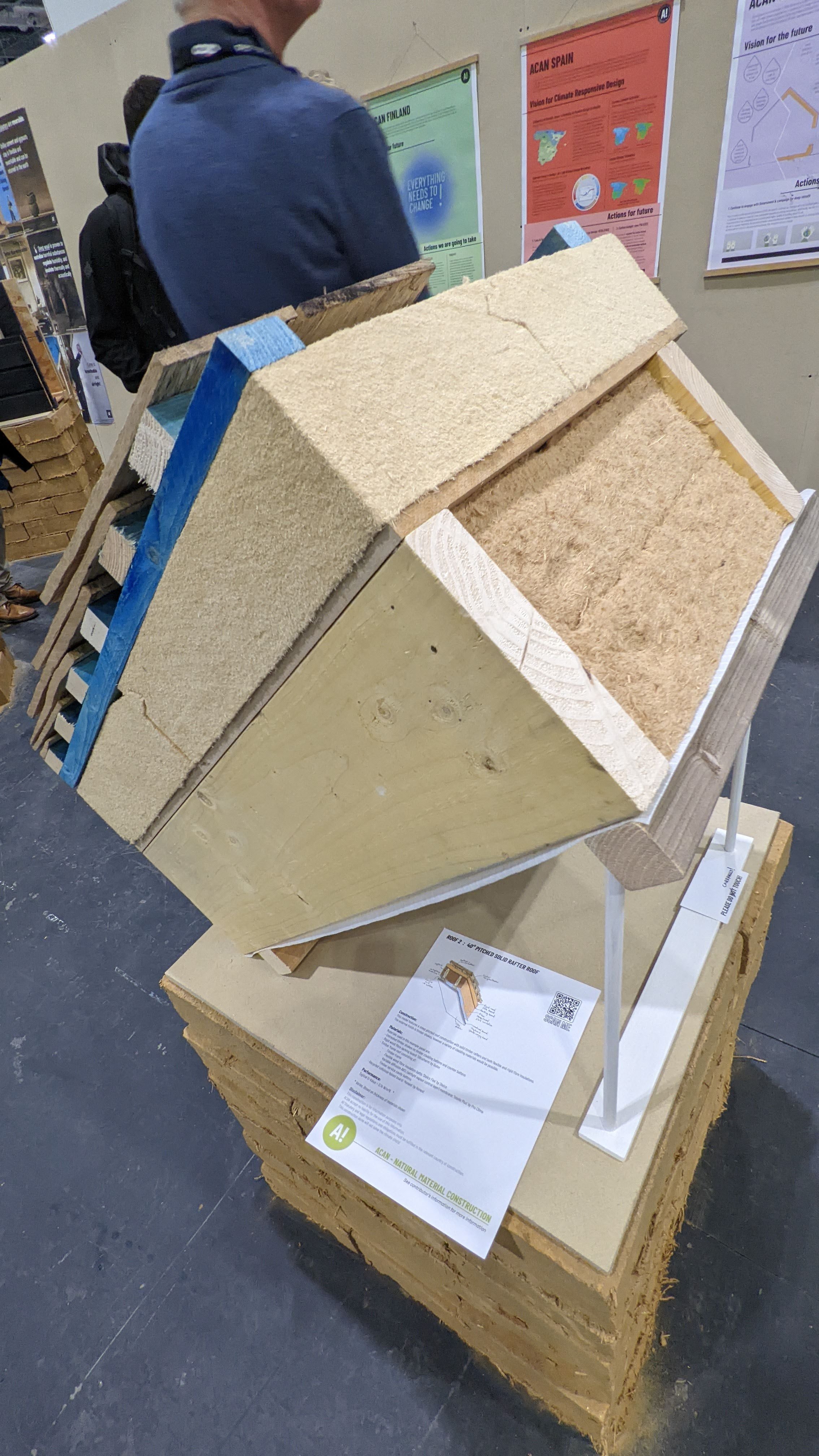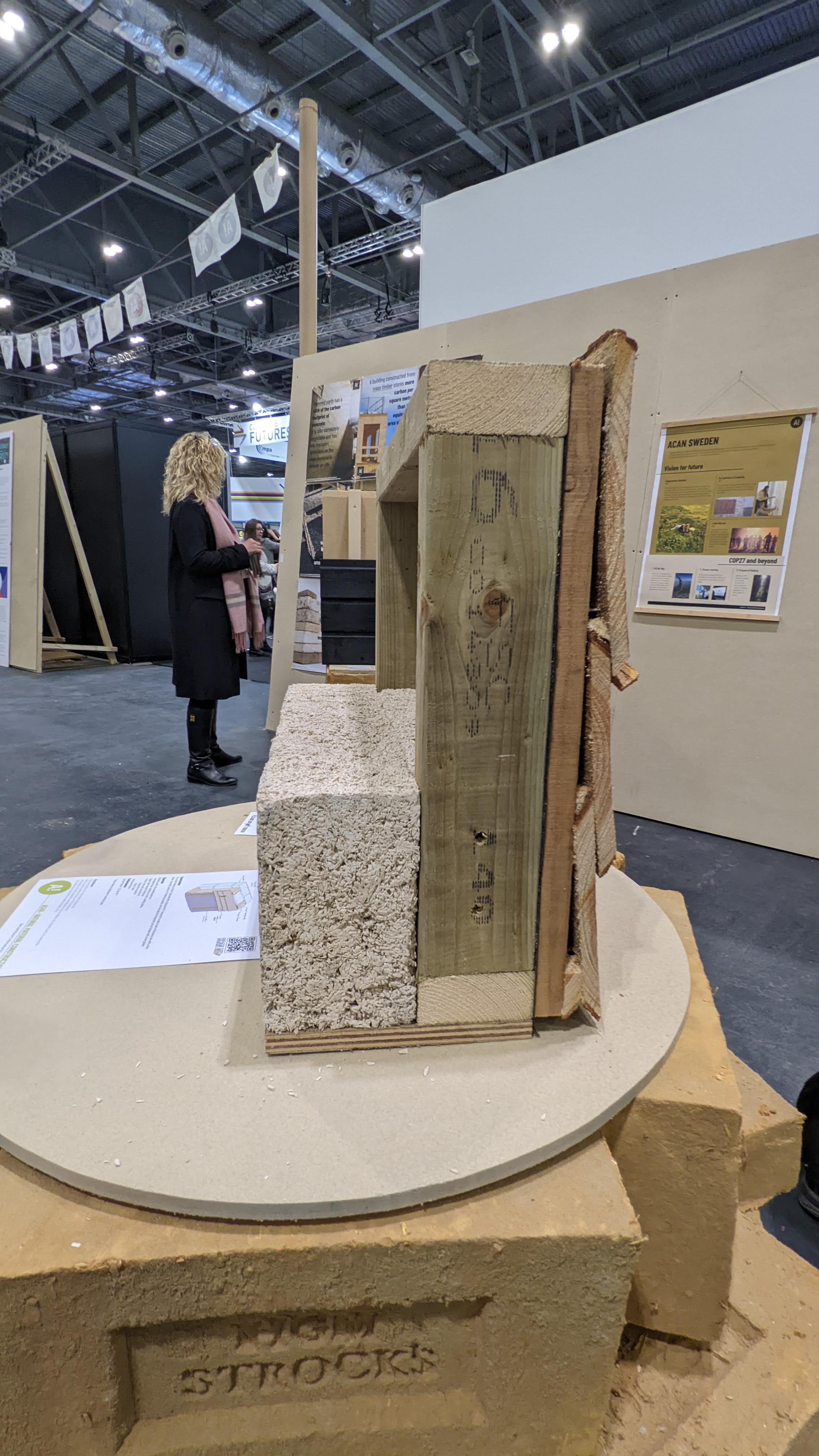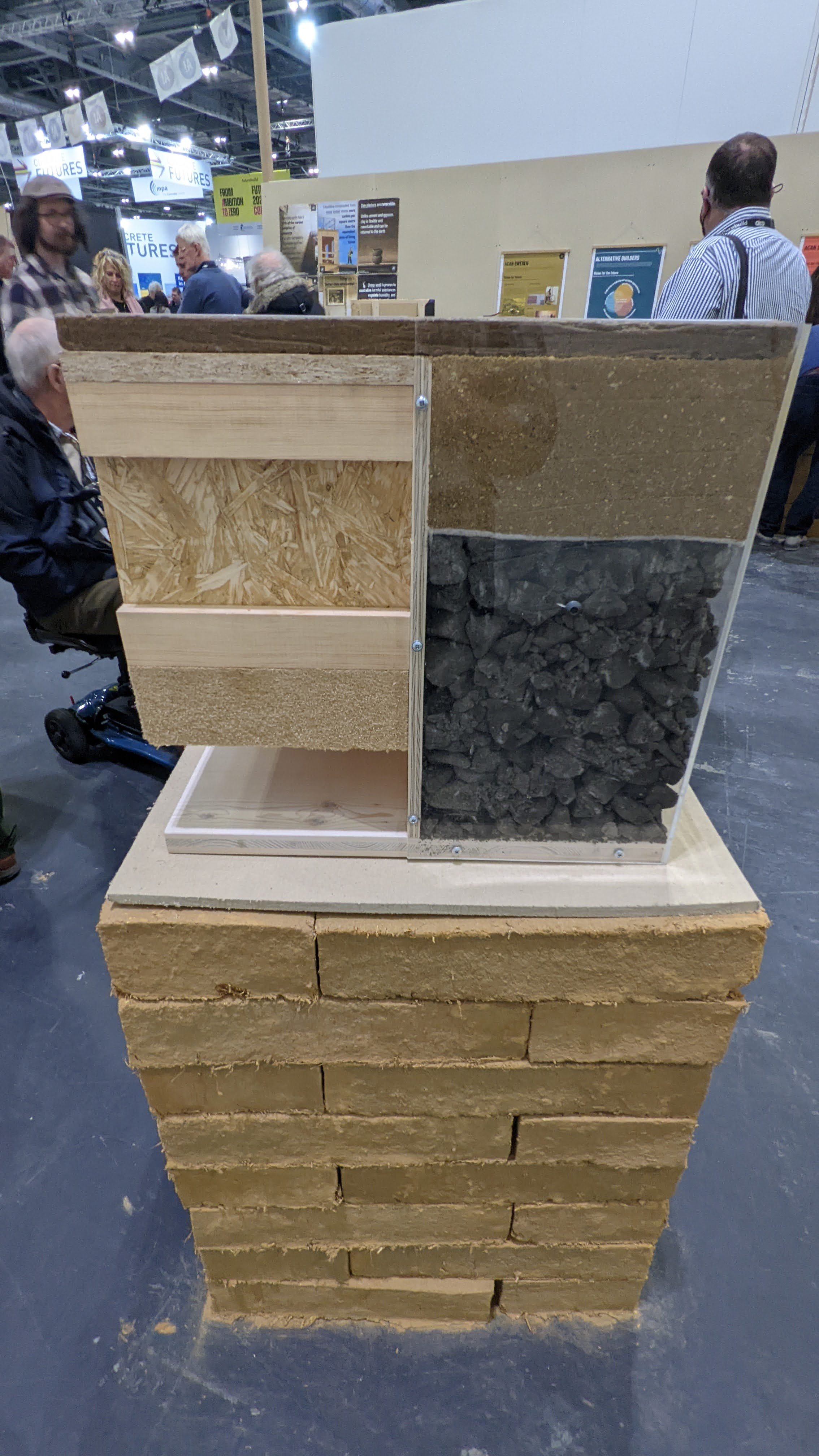I went to two talks on Retrofit, one short one on using timber effectively (a sales pitch by Ecosystem/Soprema), and a grandly named talk on the ‘future of building design’. I was hoping for more case studies, practical information, lessons learned etc..
NATIONAL RETROFIT STRATEGY
Speakers: Sam Balch,Policy advisor at BEIS (Dpt of Business, Energy, and Industrial Strategy)
Brian Berry, Chief Exec Federation of Master Builders
Russel Smith, MD Parity Projects
Gov published Heat and Buildings Strategy in 2021 to decarbonise UK homes by 2050 https://assets.publishing.service.gov.uk/government/uploads/system/uploads/attachment_data/file/1044598/6.7408_BEIS_Clean_Heat_Heat___Buildings_Strategy_Stage_2_v5_WEB.pdf
This includes:
2026: end installation of oil/coal boilers
By 2026: Decision on hydrogen to be made
By 2030: if hydrogen being pursued, whole village test to have been carried out
By 2035: all homes to be EPC band C (fuel poor households by 2030) … where practical
2035: end installation of natural gas boilers
Industry bodies don’t think it necessarily goes far enough.
Construction Leadership Council has issued its National Retrofit Strategy to set out a 20 year blueprint – work has to be done by 2040, not 2050.
The National Retrofit Strategy can be found here https://www.constructionleadershipcouncil.co.uk/wp-content/uploads/2021/05/Construction-Leadership-Council-National-Retrofit-Strategy-Version-2.pdf It’s not a super long read, so we should probably all be familiar with it.
One of biggest challenges facing retrofit is the lack of skilled labour. Industry hasn’t even recovered to pre-2008 number of workers.
GETTING RETROFIT DONE
Speakers: Kate Duffy, Head of Policy at BEIS (Dpt of Business, Energy, and Industrial Strategy)
Kore Mason T&T and Ele George Energiesprong
Talk about how gov funding for retrofit has been used through local authorities and social landlords
LAD (Local Authority Delivery Grant Scheme) https://www.gov.uk/government/publications/green-homes-grant-local-authority-delivery-scheme-phase-2-funding-allocated-to-local-energy-hubs
Retrofit Accelerator for Homes Innovation (funded by Greater London Authority) https://www.london.gov.uk/what-we-do/environment/energy/retrofit-accelerator-homes
Retrofit Accelerator for workplaces (funded by Greater London Authority) https://www.london.gov.uk/what-we-do/environment/energy/energy-buildings/retrofit-accelerator-workplaces
USING TIMBER EFFECTIVELY
Speakers: MD from Soprema and Matt Stevenson from Ecosystems Tech
Soprema have a range of wood-based insulation products https://www.soprema.co.uk/en/gamme/insulation/pavatex
Ecosystems Tech use these products in their range of façade and roofing solutions which are suitable for both new build and retrofit. https://www.ecosystemstech.com/
They were the first to introduce the use of homegrown timber (grade C16+) in timber construction in the UK.
Their approach is BIO-OSM: biogenic based off-site manufacturing. Ie. offsite construction using wood-based materials.
The guy from Ecosystems Tech was the most convincing speaker I heard. Their stand was amongst the more interesting ones.
THE FUTURE OF BUILDING DESIGN
Speakers: Architect Peter Clegg of FCBS, and Engineer Hanif Kara of AKT II (of Foster/Bloomberg fame)
How does building design respond to climate and ecological emergency? Talks raised pretty common sense issues.
Consider embodied carbon and operational carbon
Peter Clegg called the LETI standard the new Bdg Regs (he didn’t actually clarify that that isn’t factually accurate!)
4-storey buildings generally most efficient in terms of carbon use (I can’t remember if this is specific to operational or if it a combo of embodied and operational)
Be wary of assuming that CLT is always the best solution. CLT uses A LOT of timber. We can be more resource efficient than that.
They talked through a couple of schemes, but didn’t go into any detail and didn’t raise anything out of the ordinary
FCBS have developed a free tool to look at whole life carbon, as previously shared by someone in the office (can’t remember who!): https://fcbstudios.com/fcbscarbon










